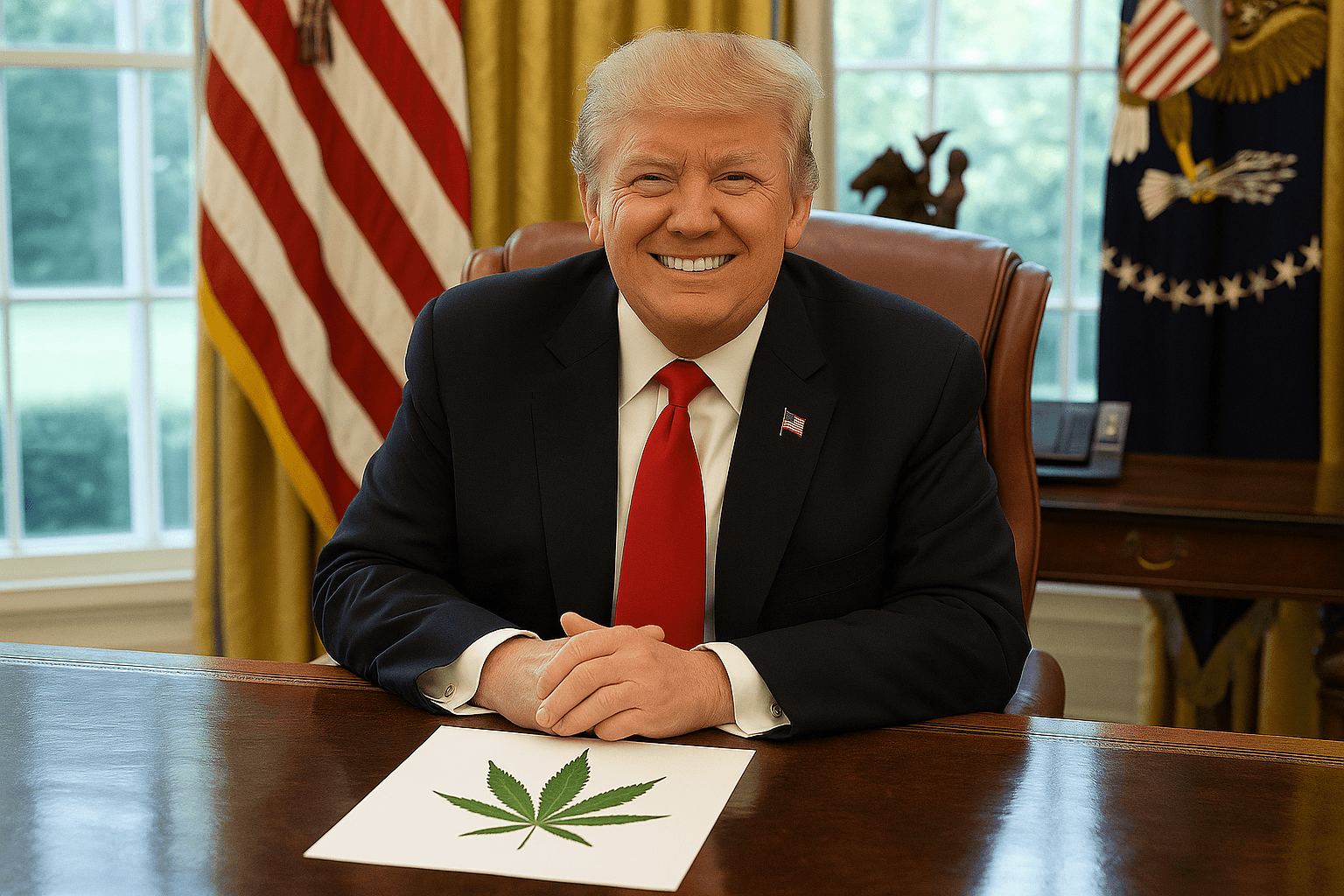While Congressional Approval Remains at Historic Lows, Millions Remain Locked Out of Primaries

According to RealClearPolitics, approximately 13.4 percent of Americans approve of Congress and 77.8 percent disapprove, taking the average of 6 major surveys on congressional approval.
Congress’ underwater popularity has served as a fount of political humor and -- regarding the reasoning of those who apparently approve of Congress -- speculation. According to some (questionable) attempts to categorize Congress’ fan base, it is made up of honest-to-goodness optimists, Obama haters, actual clowns, and the more likely answer: people who enjoy lying to pollsters (i.e. poll trolls).
Interestingly, 13.4 percent is very similar to another dismal number. In July, the Center for the Study of the American Electorate released a report showing that of the 25 states that had held primaries, only 14.8 percent of eligible voters turned out.
While the few Americans who are participating in the 2014 primaries may not necessarily be optimists, haters, clowns, or trolls, the near non-existent power voters have over the primary process has larger implications than whether or not Americans "like" Congress.While many Americans disapprove of the institution as a whole, a large number are barred from participating in primary elections. States with closed primaries only allow voters registered to a specific party to decide who appears on the general election ballot.
Closed primaries combined with the two parties’ control of overwhelming amounts of resources have contributed to a 2014 primary election cycle that is more ceremonial than democratic.
Nationally, voter turnout in primary elections is near non-existent. It’s not necessarily because people don’t care; not caring, more often than not is a symptom, not a cause, of being disenfranchised. Sometimes it’s because they are not allowed (i.e. independent voters in closed primary states) and other times it’s because the primaries are uncontested (see the case of New York below).
No matter the causes, the fact of the matter is a very small minority of Americans get to decide who shows up on the November ballots.
5 Worst Voter Turnout Rates in Closed Primary States
5. Nevada: Nevada has 1,444,707 eligible voters but only 15 percent participated in the closed primary elections.
4. Pennsylvania: Pennsylvania has 8,229,118 registered voters, but only 1,069,246 ballots were cast. That is a 12.9 percent turnout.
3. Maine: Maine has 960,850 registered voters and 80,716 participated in the June closed primaries (8.4% turnout).
2. New Jersey: New Jersey has 5.5 million eligible voters, but only 8 percent voted in the closed primaries.
1. New York: New York has a total of 11,810,858 registered voters and 27 congressional districts. However, only 9 districts had contested primaries and even then, for most of those districts, only the challenging party had a contested primary. In other words, only a few incumbents faced primary challengers. In all, only 164,042 people cast a vote for a congressional primary contest in the entire state (1.3% of voters).
The fact that only one-third of New York’s congressional primaries were contested is not unique to the state, but is nonetheless an especially bad case. None of the other closed primary states fare very well, either.
Maryland achieved the highest turnout with a paltry 21.81 percent of its 3,392,600 eligible voters. At the same time, non-closed primary states haven’t had very high turnouts either. Montana, a state with open primaries (though its courts recently rejected top-two), has the highest turnout this cycle: a piddling 26.3 percent of its eligible voters.
There is a basic conflict of interest between voters and politicians: voters want choices, politicians want no competition. Closed primaries (combined with corrupt campaign finance, gerrymandering, etc.) allow for the politician’s ideal election scenario to triumph over what voters want and turn elections into little more than choreographed coronations.
Photo Credit: Andrey Burmakin / shutterstock.com




